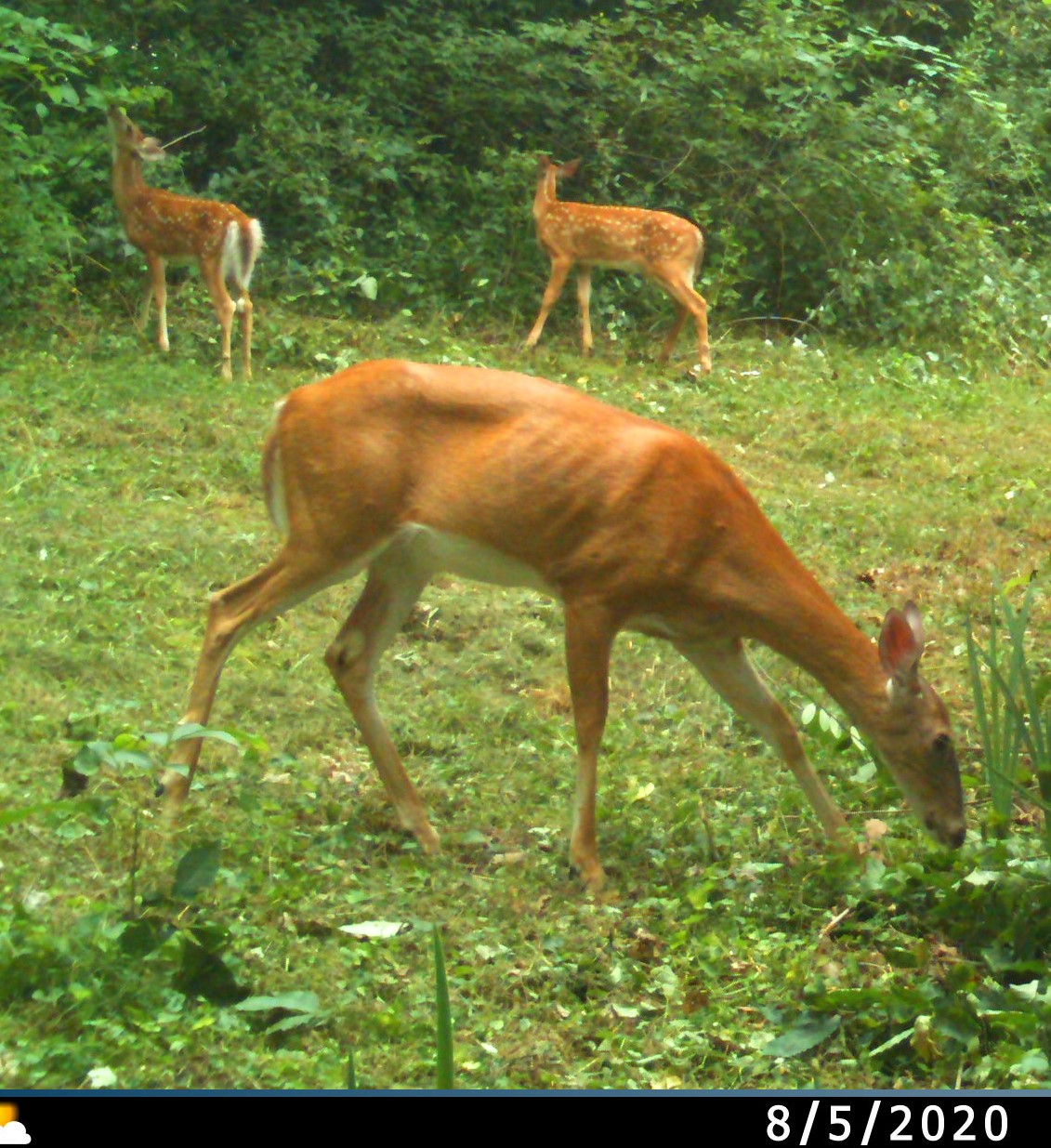



About 30 years ago I purchased a supermarket pear in a net. It was fancy. What fruit needs a net? The name was Korean Giant. I remember thinking this is the most I have ever paid for a single piece of fruit. The flavor is very mild of this juicy pear selection. When I cut into it, I found a few seeds in the fruit. I extracted them and then put them through dormancy and grew the trees at my farm in southwestern Michigan. The trees were perfectly hardy in my zone 5 farm. The deer thought they were delicious and I had to tube them. It kind of worked. The tubes in that area were being rammed by bucks and the pears took a good ten years just to get to 5 ft. tall. Eventually they made it past the browse line and grew vigorously and began fruiting. This little group of Asian pears represents a deconstructed cultivar and can continue through the grow out of healthy producing plants free of insect and disease issues that normally affect pear trees.
When I first made this small planting about 25 percent of the seedlings had to be tossed due to their overall lack of vigor. Now this issue is no longer a problem. The population produces trees with large and thick leaves. The trees produce amazing fruit spurs making the trees impossible to climb. Despite my lack of care for them, they have only improved over time. Fruit size varies from 1 inch to 3 inches in size. This is a good seed strain to develop cultivars from for juice and fresh eating. The fruit is also delicious for wildlife. The fruit ripens very early and some drop in early to mid August. Other plants ripen in September and October. The fruit flavor is much more pronounced than the original and the yield is very high for each tree. As a seed strain 'Little Giant' could easily be used for a variety of uses and kept as an uncultivated seedling selection grown from seed for fruit production to create a more vibrant population.
| Plant Specs |
| Genus & Species |
Pyrus pyrifolia |

